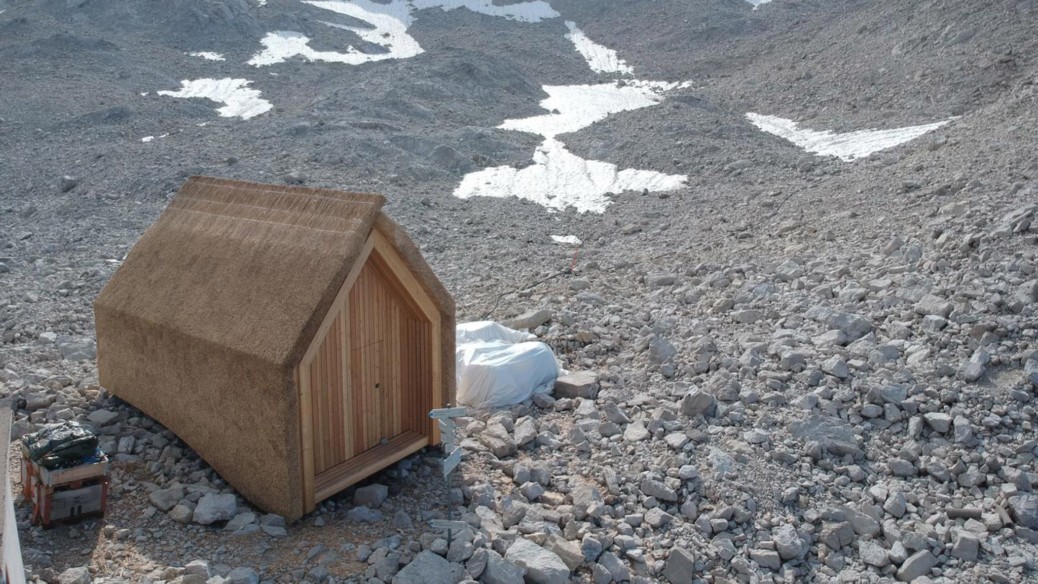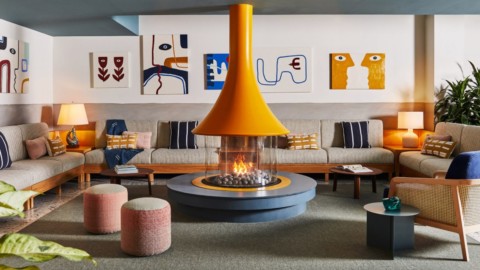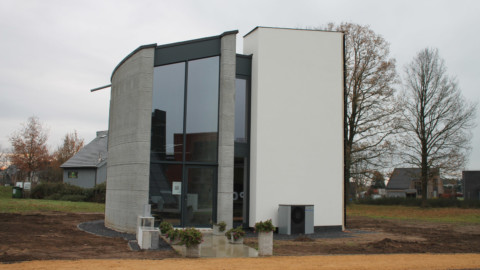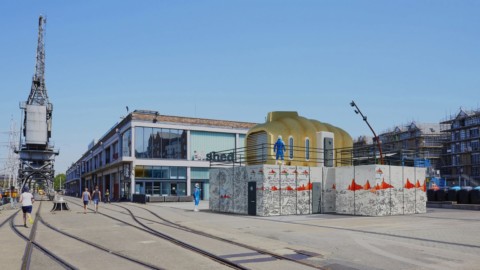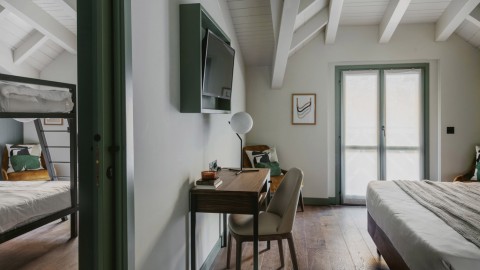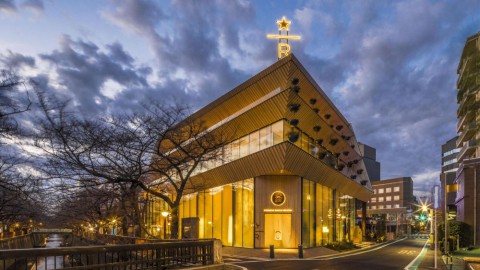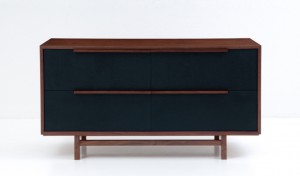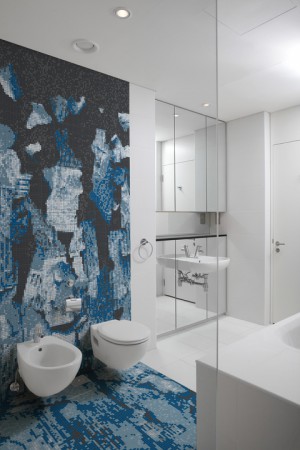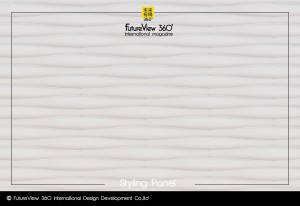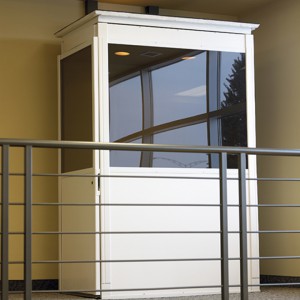The University of Stuttgart has designed SkinOver Reed, a thatched hut in the Austrian Alps, as part of its research into renewable materials that can be used in high-altitude Alpine regions.
A team from the university’s institute for building materials (IBBTE) developed the hut, which has been shortlisted in the small building category for Dezeen Awards 2020, for the German Alpine Club (DAV) as an experiment to test the capabilities of thatch as an alternative building material to typical Alpine structures.
斯圖加特大學在奧地利阿爾卑斯山的茅草小屋中設計了SkinOver Reed,作為對可在高海拔高山地區使用的可再生材料的研究的一部分。
該大學的建築材料研究所(IBBTE)的一個團隊開發了該小屋,該小屋已被德國阿爾卑斯俱樂部(DAV)列入2020年Dezeen獎的小型建築類別,作為實驗來測試茅草替代品的功能 典型的阿爾卑斯建築的建築材料。
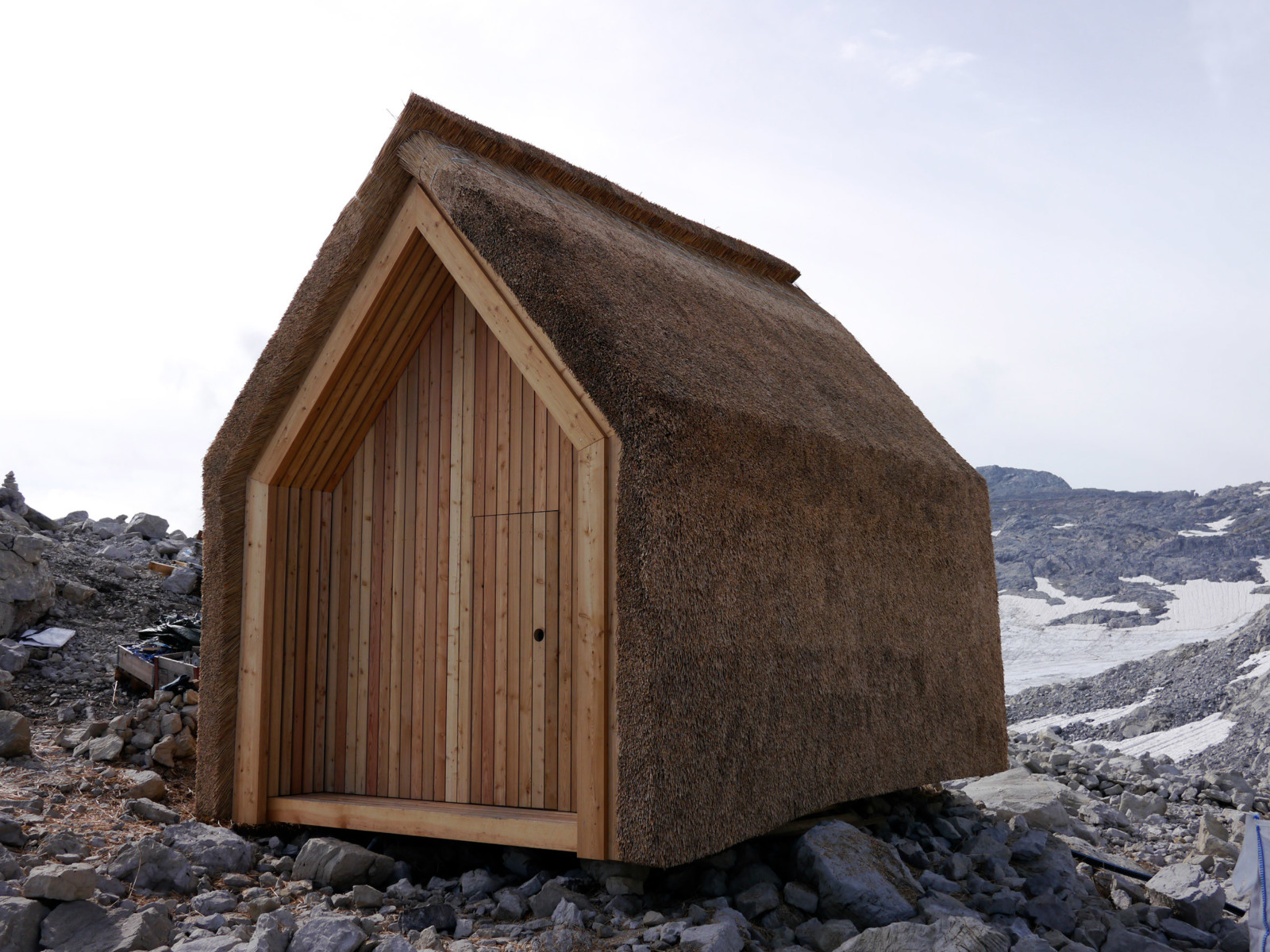
“We found out that building skins in Alpine architecture are either stone, concrete, metal or wood,” architect and lecturer Anke Wollbrink told Dezeen.
“DAV asked us if we could research or imagine an alternative, renewable material to meet their standards and especially their climate goals.”
建築師兼講師安克·沃爾布林克(Anke Wollbrink)告訴Dezeen:“我們發現高山建築的外表是石頭,混凝土,金屬或木頭。”
“ DAV詢問我們是否可以研究或設想替代的可再生材料,以滿足其標準,尤其是其氣候目標。”
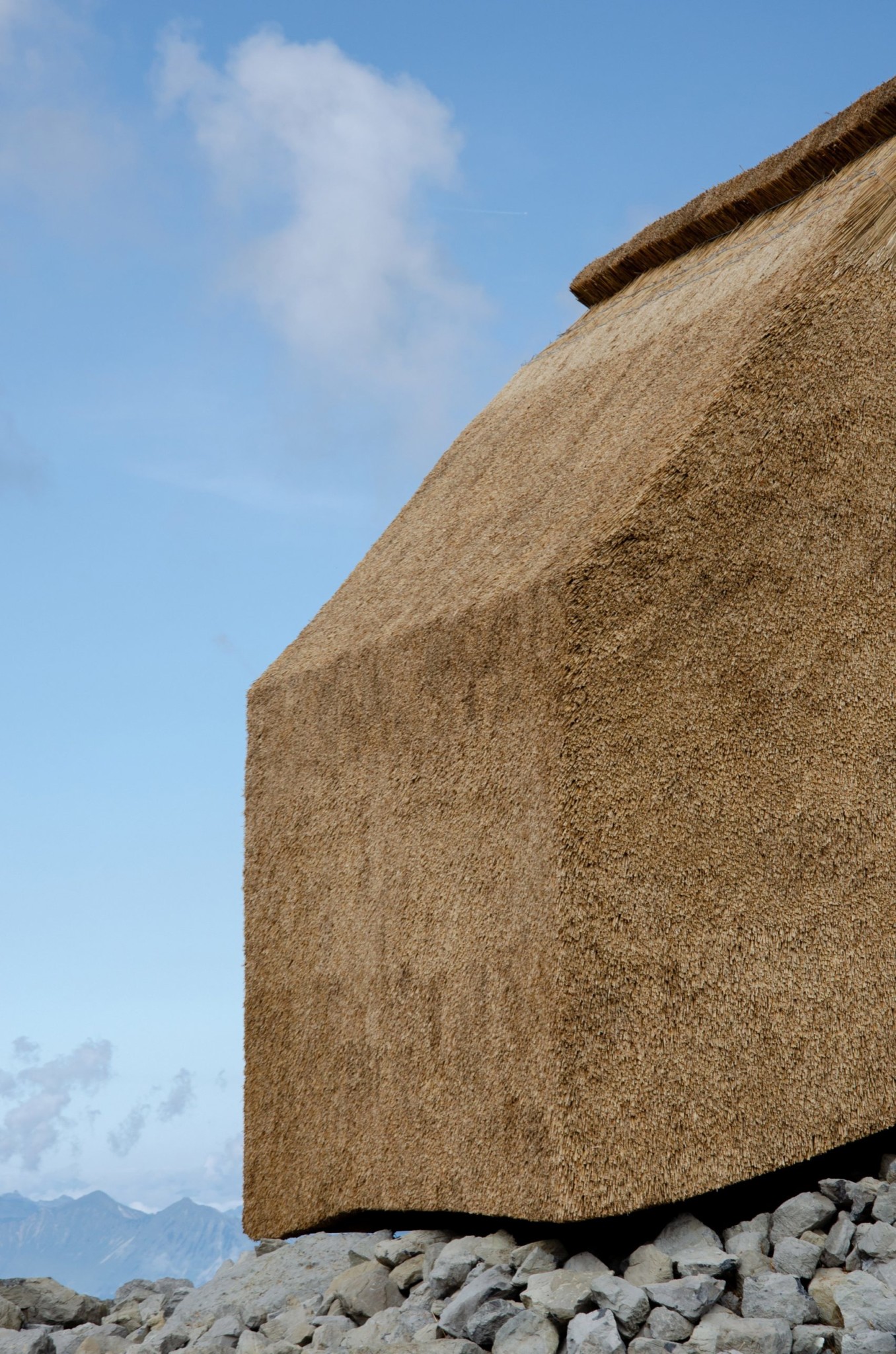
It built the hut in Vorarlberg, Austria in August 2019, after two years of research and project development, on top of an existing stone foundation.
“We rediscovered the material thatch, which allows for a very three-dimensional design, almost analogue to concrete,” Wollbrink said.
“This fascinated us right away and led to further research and the idea of building a prototype thatched envelope. We also researched contemporary thatch architecture and found beautiful strong examples in France, Denmark and Sweden.”
經過兩年的研究和項目開發,它在現有的石材基礎上於2019年8月在奧地利的福拉爾貝格州建造了小屋。
Wollbrink說:“我們重新發現了茅草屋頂材料,可以進行非常三維的設計,幾乎類似於混凝土。”
“這立即使我們著迷,並引發了進一步的研究和構建茅草信封原型的想法。我們還研究了當代的茅草建築,並在法國,丹麥和瑞典發現了許多美麗的典範。”
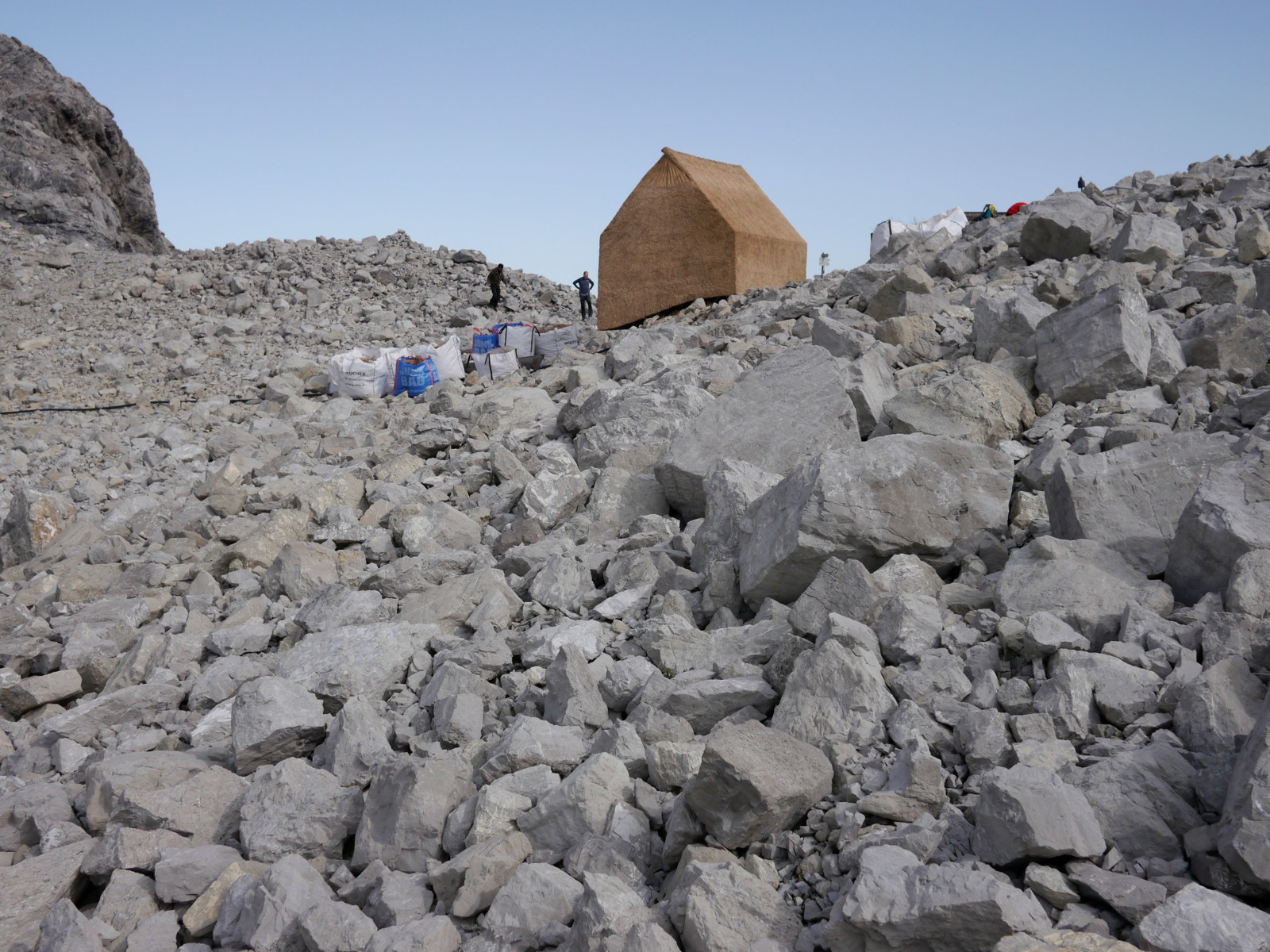
Reed was used for both the facade and roof cladding of the SkinOver Reed hut in Vorarlberg, Austria, creating a monolithic design that was built by craftsmen and students working together.
The IBBTE team chose to work with thatch, as it is a traditional and environmentally-friendly way of building houses that uses reeds to waterproof and insulate roofs.
“It is a sustainable, renewable, carbon-neutral resource and seems to be a perfect alternative renewable material for the building envelope: rapid growth, short process chain with low energy demand and emissions, perfect life cycle, no pollutants, and proved over generations,” Wollbrink said.
“At the end of life reed is compostable and closes the material life cycle.”
蘆葦用於奧地利弗拉爾貝格州SkinOver蘆葦小屋的外立面和屋頂覆面,創造了由工匠和學生共同建造的整體設計。
IBBTE團隊選擇與茅草配合使用,因為這是一種傳統且環保的房屋建築方式,利用蘆葦對屋頂進行防水和隔熱。
“這是一種可持續的,可再生的,碳中和的資源,並且似乎是建築圍護結構的理想替代可再生材料:快速增長,流程鏈短,能源需求和排放量低,完美的生命週期,無污染物且經過幾代人的驗證 ”,Wollbrink說。
“在生命的盡頭,蘆葦是可堆肥的,並關閉了物質生命週期。”
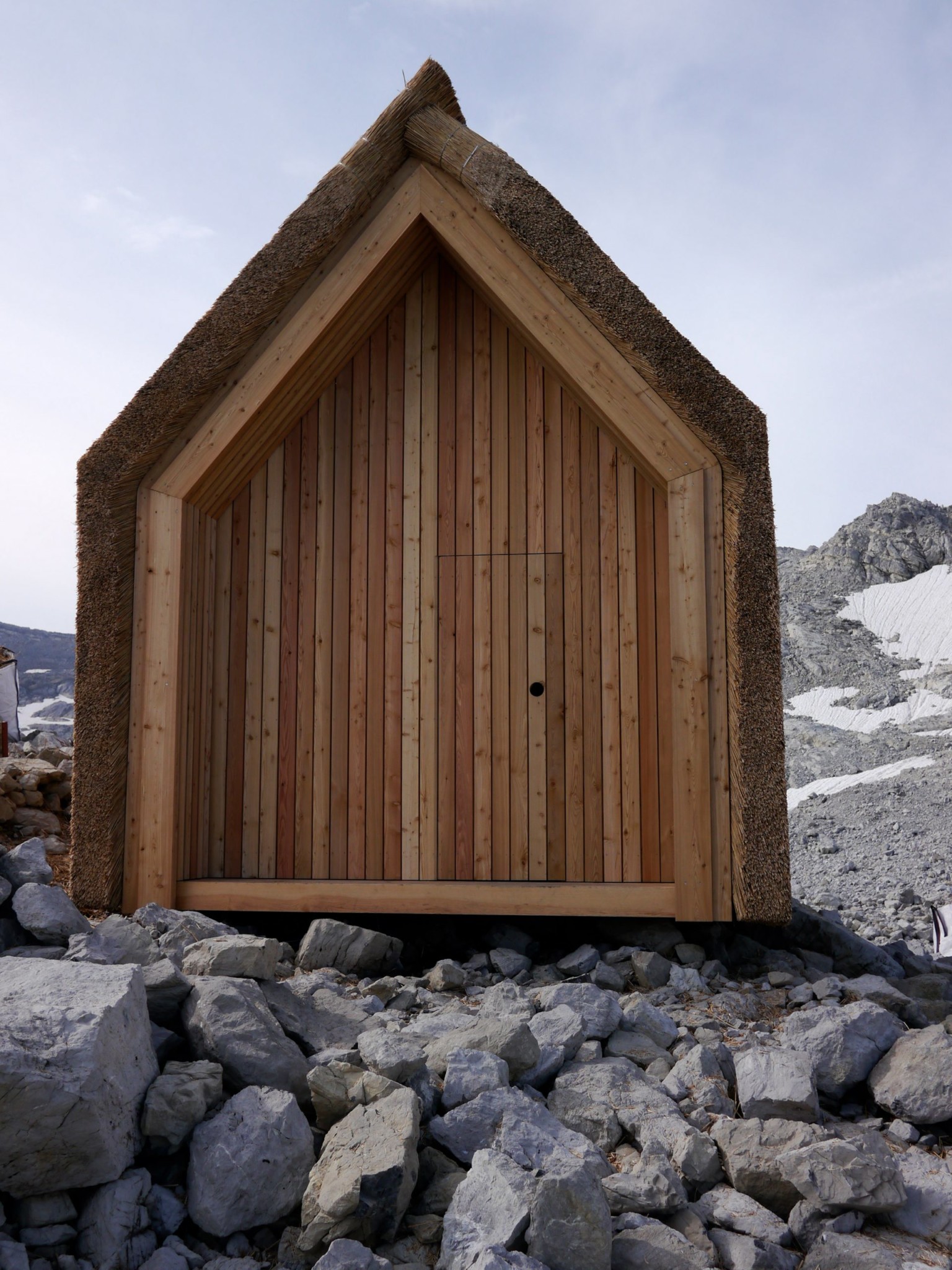
The hut is used to supply water to the nearby Mannheimer Hut, a restaurant and rest stop for hikers, and the IBBTE team is recoding how the material copes with the harsh local conditions.
“Weather conditions on 2,600 metres altitude are challenging, and the small building has been covered with snow for about nine months, but generally the material looked good after the first winter,” Wollbrink said.
“In the long term, we plan periodic and permanent measurements to gain more knowledge of appropriateness and ageing.”
Other recent architectural projects in the Alps include Network of Architecture’s Ötzi Peak 3251 viewing platform and Studio Seilern Architects’ restaurant perched on the top of Mount Gütsch.
小屋用於向附近的曼海姆小屋(Mannheimer Hut)供水,該餐館是遠足者的餐廳和休息站,IBBTE團隊正在重新編碼該材料如何應對惡劣的當地條件。
沃爾布林克說:“海拔2600米的天氣條件具有挑戰性,這座小房子已經被積雪覆蓋了大約9個月,但總體而言,在第一個冬天之後,這種材料看起來還不錯。
“從長遠來看,我們計劃進行定期和永久性測量,以獲取更多有關適當性和老化的知識。”
阿爾卑斯山最近的其他建築項目包括Network of Architecture的ÖtziPeak 3251觀景台和Studio Seilern Architects的餐廳坐落在MountGütsch的頂部。
FROM:https://www.dezeen.com/2020/09/26/university-stuttgart-thatched-alpine-hut-skinover-reed/

